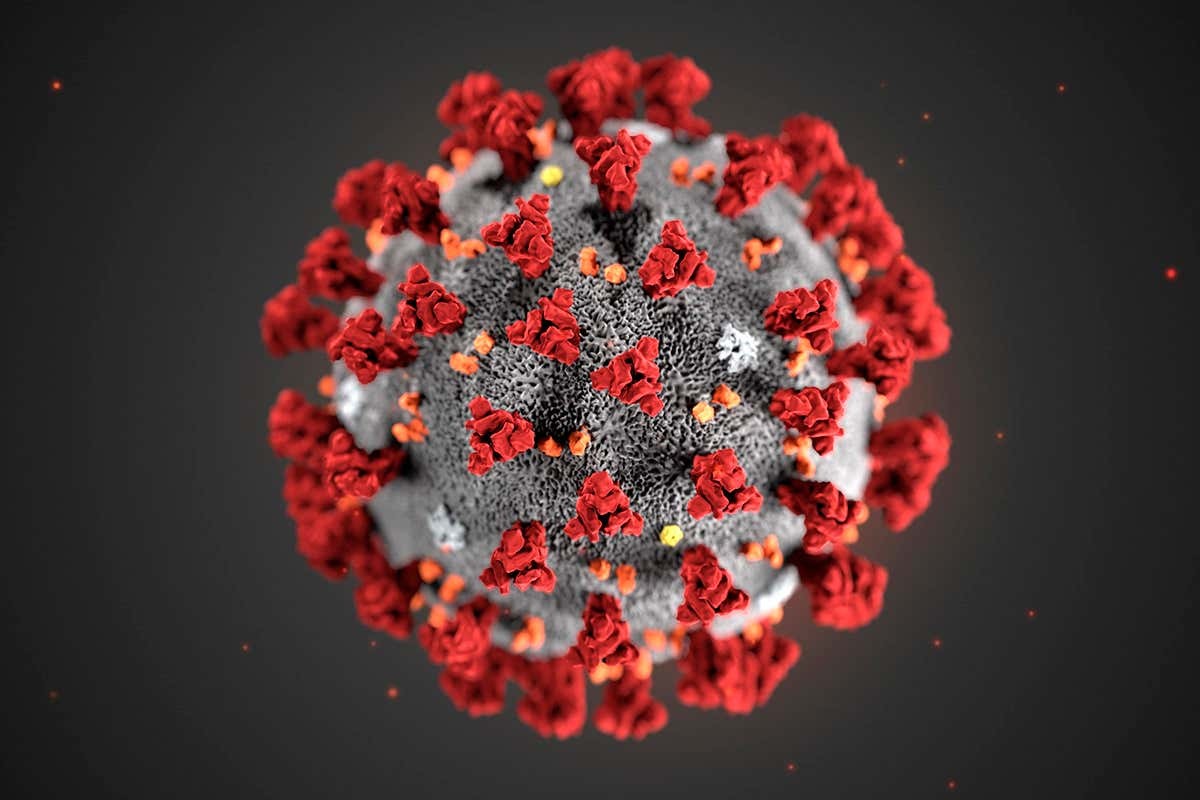Top 10 Facts about Covid-19
The first diagnosis of the respiratory disease caused by the novel (new) coronavirus was in Wuhan in Hubei Province, China in December of 2019.
1. The novel coronavirus is SARS-CoV-2 and the disease is COVID-19.
SARS-CoV-2 stands for Severe Acute Respiratory Syndrome-Coronavirus-2, because the virus is very similar to the SARS coronavirus first discovered in 2003. The SARS-CoV-2 disease is COVID-19, for Coronavirus Disease 2019.
2. The first cases in the United States were mainly in people who traveled from China.
Some of the first known cases of COVID-19 in the United States were in people returning from travel abroad, from China, cruise ships, and subsequently from other countries with COVID-19 spread. These are so-called “imported” cases. On February 25, 2020, the CDC diagnosed the new coronavirus disease in a person who lives in California but who had no known travel history or close contact with an infected person. These are “community” cases because they did not arise from a known source.
3. The novel coronavirus spreads very easily from person to person.
SARS-CoV-2 spreads through tiny respiratory droplets from the nose or mouth when an infected person coughs or sneezes. You can contract the coronavirus if these droplets land in your nose or mouth, you inhale them, or you touch a contaminated surface or object and then touch your nose or mouth before washing your hands. The virus also spreads through the air under certain circumstances, such as in enclosed spaces with poor ventilation.
4. Social distancing and wearing a mask helps slow the spread of infection.
Avoiding large public gatherings and keeping a distance of at least 6 feet from other people slows virus transmission. Because the virus can spread through the air in poorly ventilated, crowded spaces, you should avoid indoor public spaces to limit possible exposure. Wearing a cloth or disposable surgical mask over your mouth and nose helps limit the amount of respiratory droplets you release into the environment when you talk, sneeze and cough. A mask also offers some protection to you.
5. COVID-19 symptoms range from mild to severe and it can be fatal.
The common cold is also spread by a coronavirus (as well as other types of viruses). For some patients, coronavirus symptoms mimic those of a common cold, while others experience the same symptoms that accompany a severe respiratory infection or worse. COVID-19 symptoms include fever, cough, body aches, sore throat, fatigue, phlegm/sputum production, and shortness of breath. An unexpected symptom of COVID-19 is loss of sense of smell. In some cases, the virus attacks the lungs and symptoms are severe enough the patient requires hospital care with supplemental oxygen and fluids, even breathing support with a ventilator. COVID-19 symptoms appear within 2 to 14 days after exposure.
6. The FDA approved the first targeted COVID-19 treatment.
The FDA (Food and Drug Administration) recently approved the antiviral drug, remdesivir (Veklury), for use in hospitalized COVID-19 patients. The drug is not specific for SARS-CoV-2, but it has been shown to speed up recovery time in clinical studies.
7. There are three authorized COVID-19 vaccines.
All three vaccines are highly effective in preventing COVID-19 and saving lives. The COVID-19 vaccine from Pfizer-BioNTech is authorized for people ages 12 and older. The vaccines from Moderna and Janssen (a Johnson & Johnson company) are authorized for people ages 18 and older. The vaccine is free to anyone who is eligible to receive it.
8. The source of the novel coronavirus is linked to animals.
The 2019 coronavirus is thought to have spread directly from animals to humans. Once in humans, the virus was able to spread person to person. This is similar to the spread of two other coronaviruses that originated from animals: SARS-CoV (civet cats) and MERS-CoV (camels). There are many different coronaviruses. They mainly infect animals, but some of the viruses can spread from animals to humans. This is the case with SARS-CoV, MERS-CoV, and the new coronavirus (SARS-CoV-2): All three viruses came from bats.
9. The novel coronavirus is mutating.
Variations, or mutations in the novel coronavirus are occurring on a regular basis, as the virus passes from person to person. This is normal for coronaviruses and many other viruses. In most cases, mutations have little effect. In others, they can have a dramatic effect, like the variant first discovered in the United Kingdom. The U.K., or B.1.1.7 variant, spreads 30 to 50% faster than the original virus; it also causes more severe disease. B.1.1.7, now named the Alpha variant, was the most common source of new U.S. COVID-19 cases, but it has been taken over by the Delta variant.
10. Get tested for COVID-19 if you have symptoms.
If you have symptoms of COVID-19, contact your doctor about getting tested for the virus. If you test is positive, it’s best to stay away from others until you are no longer contagious, which is about 10 days after you first notice symptoms or, if you never develop symptoms, 10 days after your first positive virus RNA test.
The U.S. Department of Health and Human Services has a list of no-cost testing sites by state. If you were close (within 6 feet for more than 15 minutes) to someone who has COVID-19, contact a healthcare provider about what type of diagnostic COVID test to take and when.











